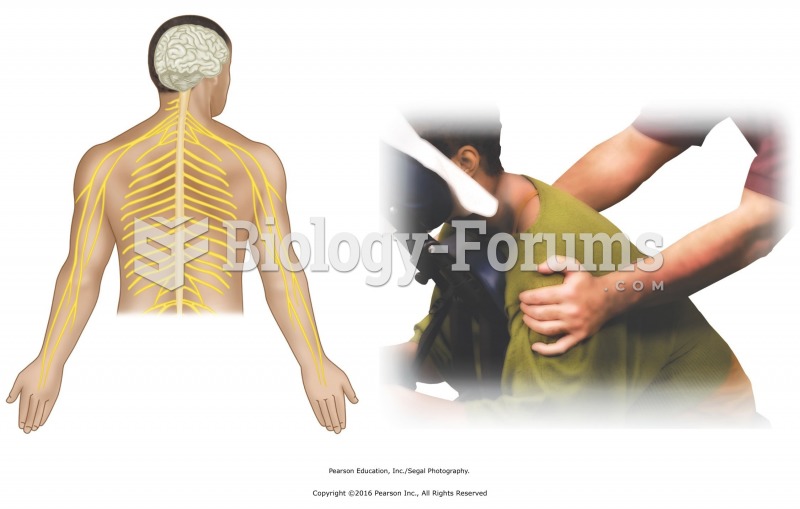Answer to Question 1
International business managers should avoid cultural bias. Problems arise when managers simply assume that foreigners think and behave just like the folks back home. Such ethnocentric assumptions lead to poor business strategies in both planning and execution. Managers new to international business can find the behavior of a foreigner odd and perhaps improper. For example, it is easy to be offended when a foreigner does not appreciate our food, history, entertainment, or everyday traditions. In this way, cultural bias can be a significant barrier to successful interpersonal communication.
A person's own culture conditions how he or she reacts to different values, behavior, or systems, so most people unconsciously assume that people in other countries experience the world as they do. They view their own culture as the norm; everything else may seem strange. This is known as the self-reference criterion-the tendency to view other cultures through the lens of our own culture. Understanding the self-reference criterion is a critical first step to avoiding cultural bias and ethnocentric mistakes.
Critical incident analysis is a very useful technique that managers use to analyze awkward situations in cross-cultural encounters. The technique encourages a more effective approach to cultural differences by helping managers become more objective and develop empathy for other points of view.
An examination of values and attitudes toward culture is important in this analysis. Values represent a person's judgments about what is good or bad, acceptable or unacceptable, important or unimportant, and normal or abnormal. Our values guide the development of our attitudes and preferences. Attitudes are similar to opinions but are often unconsciously held and may not have a rational basis. Prejudices are rigidly held attitudes, usually unfavorable and usually aimed at particular groups of people. Typical values in North America, northern Europe, and Japan include hard work, punctuality, and the acquisition of wealth. People from such countries may misjudge those from developing economies who may not embrace such values.
Answer to Question 2
C







